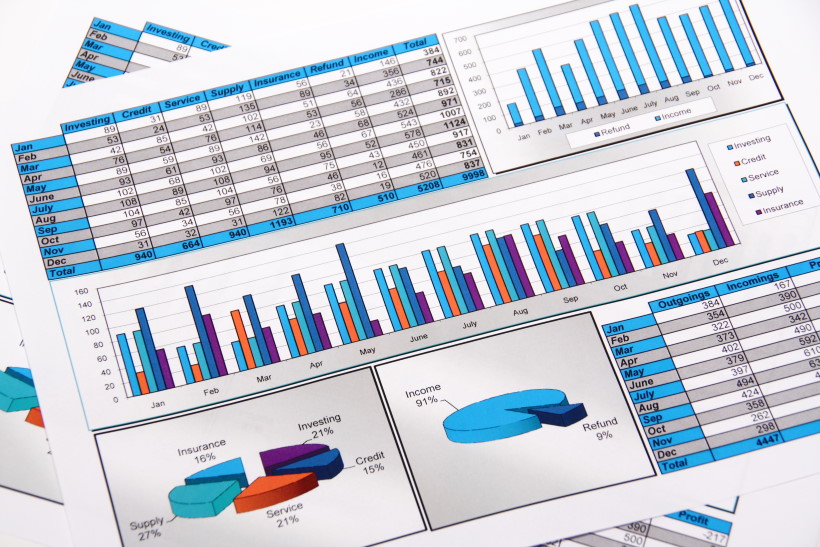Autonomous vehicles must adapt well to a variety of road conditions, which can change quickly due to changes in weather conditions. There are many risky conditions caused by weather from reduced visibility – which is especially painful for AVs – to icy roads and strong winds.
These days, more than 22% of vehicle crashes are weather-related and severe weather is even more dangerous for self-driving cars. AVs rely on radar and camera systems, which are continually monitoring the external environment to inform the autopilot’s decision-making processes. Bad weather can reduce the functionality of these cars. If there is heavy rain, for example, even the most advanced AV may not be able to drive at all.
So, what can be done to address this issue? The key is to incorporate weather data into the design of self-driving cars for safer future roads.
How does bad weather affect self-driving cars?
Most AVs navigate via RADAR, camera systems, and LIDAR, which are high-resolution sensors that help cars "see" everything around the car and notice in advance a pedestrian crossing the street, for example. However, this technology, unfortunately, might not work well in certain weather conditions if it does not take the weather into the account properly.
For example, extreme temperatures can decrease vehicle range by more than 40%. Radar functionality is substantially reduced during low visibility, low air quality, or heavy rain.

If drivers and authorities are worried about the functionality of AVs during certain weather, such problems are significant sticking points for the adoption and purchase of self-driving vehicles.
Why every self-driving car needs to incorporate weather data
The easiest solution to improve consumer trust in AVS is to incorporate weather data into the car's operating system. To understand how the weather impacts vehicles specifically, Meteosource has developed specific variables and indexes which help to improve safety.
With such data, autonomous vehicles can for example:
- adjust its autopilot decision-making processes
- re-rout around dangerous weather conditions – thanks to advanced weather information
- adjust ETAs along the way
- visualise weather information on a map
- notify its users so they can fully understand the risks before their journey
With a weather API it is very easy to incorporate weather-related data into your AV operating system. You can directly integrate road risk into any operating system and understand the weather along any route.
Autonomous vehicles and weather data
Incorporating weather data is a critical component for the safe and efficient operation of autonomous vehicles. With the ability to access real-time and forecasted weather information, AVs can make informed decisions that prioritize passenger safety and optimise energy efficiency. Meteosource supports some of the automotive industry's well-known brands with accurate, hyperlocal weather data and special indices to determine weather impacts on the vehicle and its systems. Our best-in-class weather data also help improve deep learning techniques used by autonomous vehicles.





